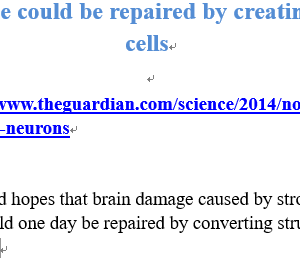
High temperature reaction of multiple eutectic-component system The case of solid metallic Zr and molten stainless steel-B₄C
₩4,000
The eutectic melting, one of the fundamental phenomena in high temperature reactions involving liquid phases, is a primitive but important subject for both scientific and industrial fields associated with metallurgy. The present study aims at revealing the formation and reaction mechanisms of the multiple eutectic-component sys- tem consisting of solid metallic Zr and molten stainless steel-boron carbide (SS-B 4 C) by combining multiple analytical methods (i.e. powder X-ray diffraction (PXRD), scanning electron microscopy/energy dispersive X-ray spectroscopy (SEM/EDS), and dynamic secondary ion mass spectrometry (D-SIMS)) with thermodynamical con- sideration. The results indicate that the solidified Zr-SS-B 4 C mixture is composed of major phases of (Fe,Cr) 2 Zr, (Fe,Cr,Ni) 2 Zr, (Ni,Fe)Zr 2 , ZrB 2 , and a minor phase of ZrC. The results also reveal that the eutectic melting between solid metallic Zr and molten SS-B 4 C can be described as the combination of diffusion kinetics and thermodynamic stability. That is, the initial formation of ZrC and ZrB 2 layers at the reaction interface significantly retards the diffusion of other SS-B 4 C components (i.e. Cr, Fe, and Ni) into solid metallic Zr.





상품평
아직 상품평이 없습니다.